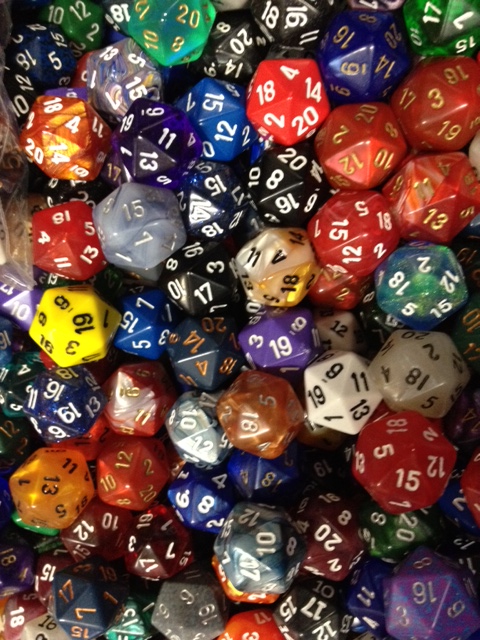Craps In Dice
Probability is the mathematics of deciding how likely an event is to occur. You can calculate the probability of an event by using the following formula: For example.
The Dice Control system is a Craps strategy that is based on the idea that throwing the dice at a certain axis can influence its outcome and therefore maximize the player’s advantage at the table. There are many techniques by which this can be done, and the general aim is to throw the dice in such a way that they do not hit the back wall of the craps table, so that the probability of them landing in the same axis by which they were thrown will be increased.
The notion of dice control first popped up during the second World War. Soldiers and servicemen would use what they called the “Old Army Blanket Roll’, which involved setting the dice at the desired amount and then sliding them across the Craps table. However, it was only used in alleyways and illegal New York casinos. Now called a “Slider Throw”, it has been banned across Las Vegas and most other casinos, and even prevented by placing a thin wire down the center of the table to stop the dice in their tracks.
- Craps is a fast paced game. The dealer won't wait for you to count out your bets if you don't have them already arranged. In other words, have $1, $2, $4, $8, $16 and so forth ready to go at all times. You are betting against the person rolling the dice.
- The dice are rolled across the craps table layout. The layout is divided into three areas - two side areas separated by a center one. Each side area is the mirror reflection of the other and contains the following: Pass and Don't Pass line bets, Come and Don't Come bets, Odds bet, Place bets and Field bets.
- Holding and Throwing Dice, the techniques employed in holding and throwing dice (rolling dice) in Craps is a vigorously debated topic among craps experts. After reading the info below you may also want to take a look at the Art of dice control.
Today it is legal to make controlled dice throws so long as they hit the back-wall of the table (this is to ensure that the outcome is random). A controlled dice throw begins by setting them up in the desired position, which followers of this system claim to b the first step to eliminating the house edge. If you want to avoid rolling a 7, for example, then set the dice with the 5’s on top and the 1’s facing the left. This setting puts the most common 7 combination at an unlikely angle to appear, and its chances of doing so are thus minimized. So long as the dice are kept together a much as possible throughout the throw, this theory holds.

What Is Craps In Dice
Another kind of set is the “Quick Set”, whereby the player sneakily takes advantage of the fact that the dealer will never return the dice with a 7 on top – it is considered highly impolite. Often, the dice will be returned with a 7 on the side, and if this is done, it should be switched to face the bottom of the table instead.
The alignment of the dice is another important factor. The most important thing is that the axis of the dice be parallel to that of the table. They should be held at the same height and at best, even make contact with the table.
The delivery is the final and most crucial aspect of dice control. The aim is to minimize the amount of dice reaction after they hit the back-wall of the table, and this is done by maintaining their axis. By keeping the axis straight, the dice will stay together and rotate only on the left or right axis. Most dice control experts prefer to pivot their shoulders in order to achieve this, yet this is something acquired through practice, so don’t hesitate to create your own technique.